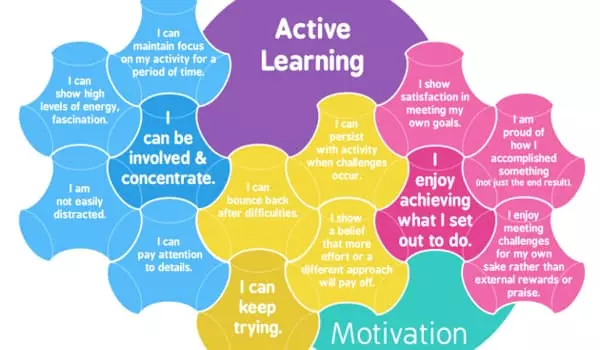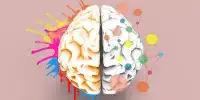Faculty concluded after collecting research on active learning that engaging students through interactive activities, discussions, feedback, and AI-enhanced technologies resulted in improved academic performance when compared to traditional lectures, lessons, or readings. The study also discovered that effective active learning methods employ not only hands-on and minds-on approaches, but also hearts-on approaches, which provide increased emotional and social support.
The study also discovered that effective active learning methods employ not only hands-on and minds-on approaches, but also hearts-on approaches, which provide increased emotional and social support. After collecting research on active learning, faculty from Carnegie Mellon University’s Human-Computer Interaction Institute concluded that engaging students through interactive activities, discussions, feedback, and AI-enhanced technologies resulted in improved academic performance compared to traditional lectures, lessons, or readings.
As the COVID-19 pandemic challenged educators to find new ways to engage students, interest in active learning grew. Schools and teachers adapted by incorporating new technologies, while students experienced negative psychological effects from quarantine and remote learning, such as isolation, restlessness, and inattention. The pandemic demonstrated that traditional educational approaches may not be the best way to learn, but questions remained about what active learning is and how to best use it to teach, engage, and excite students.
We wanted to see what we could bring back into the classroom from our experiences teaching and learning during COVID. COVID compelled educators to engage students in new ways, and teachers experimented with new technology.
Nesra Yannier
Nesra Yannier, an HCII faculty member, and Ken Koedinger, a professor of human-computer interaction and psychology, collaborated with researchers from Stanford, Harvard, and the University of Washington to summarize key findings about active learning. “Active learning: ‘Hands-on’ meets ‘Minds-on,'” their paper was published in Science. Yannier and Koedinger’s recent studies range from children to college-age adults, demonstrating how and when different approaches to active learning can be effective and engaging, and suggesting ways to incorporate lessons learned from schooling during the height of the COVID-19 pandemic.
“We wanted to see what we could bring back into the classroom from our experiences teaching and learning during COVID,” Yannier explained. “COVID compelled educators to engage students in new ways, and teachers experimented with new technology.”

The studies gathered showed that active learning can put students in control of their lessons. Active learning techniques encourage students to generate ideas and receive feedback through interactive settings rather than passively receiving information as is common in traditional educational approaches such as lectures and readings.
One study in the collection demonstrated the advantages of physical activity for creativity and idea generation. Another study discovered that while college students believe they learn more in traditional lectures than in active learning approaches, this is not the case. Active learning yields better results.
Yannier and Koedinger included their own research, which they conducted with Scott Hudson, an HCII professor, and discovered that incorporating an AI-based virtual assistant to question students, encourage them to think critically, and engage them in discussions increased learning in hands-on activities while also supporting teachers. The researchers conducted controlled experiments to determine how much children learned while interacting with NoRILLA, a mixed-reality learning platform that allows children to perform and interpret real-world experiments with personalized interactive feedback in an earthquake table, ramps, or other physical apparatuses, with artificial intelligence turned on and off. When the technology was turned off, the students learned far less.
“We’ve done a lot of research,” Yannier explained. “Without AI guidance, the children are unable to comprehend the underlying concepts, and the learning does not transfer to the real world.”
According to Yannier and Koedinger, the studies they summarized demonstrated that there are numerous approaches to active learning and how to research it. They hope that their paper will inspire educators to incorporate more active learning into their lessons and to consider how they can participate in research on the subject.
“It’s quite clear in this collection that even among like-minded people, there are seven or more active learning applications that work, and sometimes they work in contradictory ways,” Koedinger said. “There is so much richness in this field that we can make continuous improvements to make it more effective and enjoyable for a very long time.”















